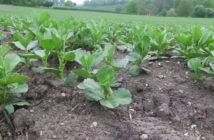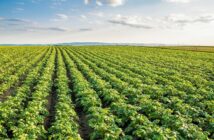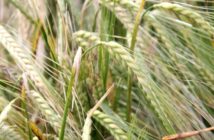The AHDB has announced a cabbage stem flea beetle (CSFB) migration monitoring project this autumn.
Monitoring will take place at a network of sites across England this autumn, with weekly reports on adult CSFB migration posted on the AHDB website.
Migration data can help identify lower-risk drilling periods (especially after peak migration), but the ultimate ambition is to develop a decision support system that predicts the start, duration and intensity of migration.
In addition to regular counts of adult beetles caught in yellow water traps during the autumn, symptoms of crop invasion by larvae will also be recorded at the core sites.
As well as generating data as part of a long-term effort to determine the factors that affect adult CSFB migration and improving trapping methods, the latest CSFB project will also:
- Test the field performance and timing of novel treatments (insecticides/biopesticides/synergists)
- Improve cultural control methods and guidance on their effectiveness (in isolation and combination)
- Generate guidance on how to encourage natural enemies of CSFB
Project survey
As part of the work on cultural control methods, the project includes a survey on the general use of cover/catch crops. The results will help target project activity on the use of brassica-containing cover/catch crops (sown between cash crops), which may be able to lure CSFB away from nearby oilseed rape fields.
The survey (by the University of Reading/Rothamsted Research) comprises up to 12 questions and should take no longer than ten minutes to complete. To complete, visit: https://readingagriculture.eu.qualtrics.com/jfe/form/SV_eP8cu1Nyy2yY9ka




